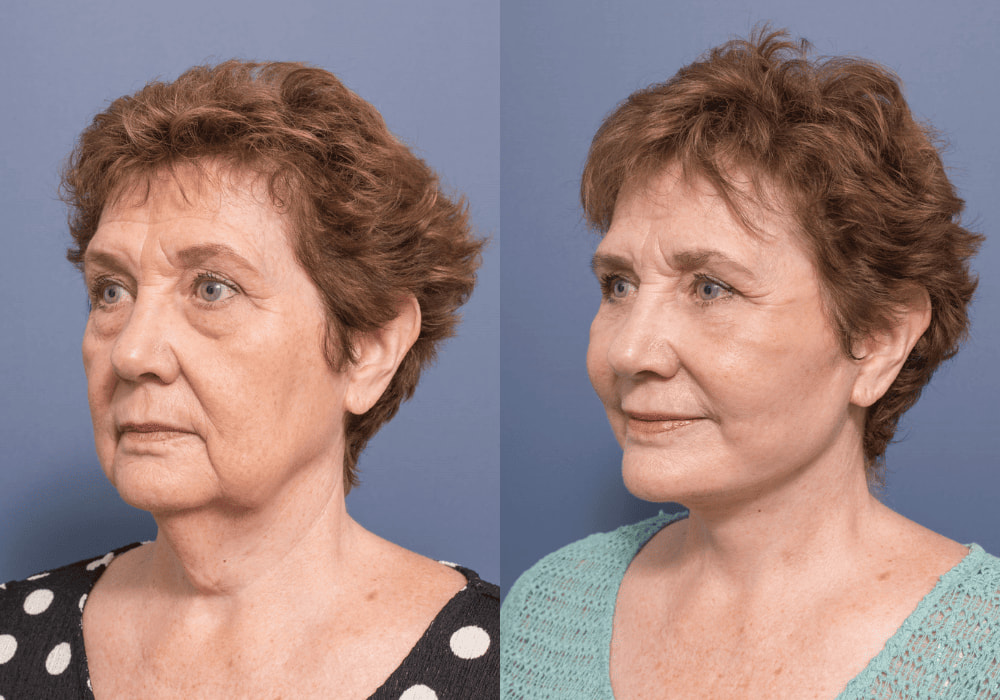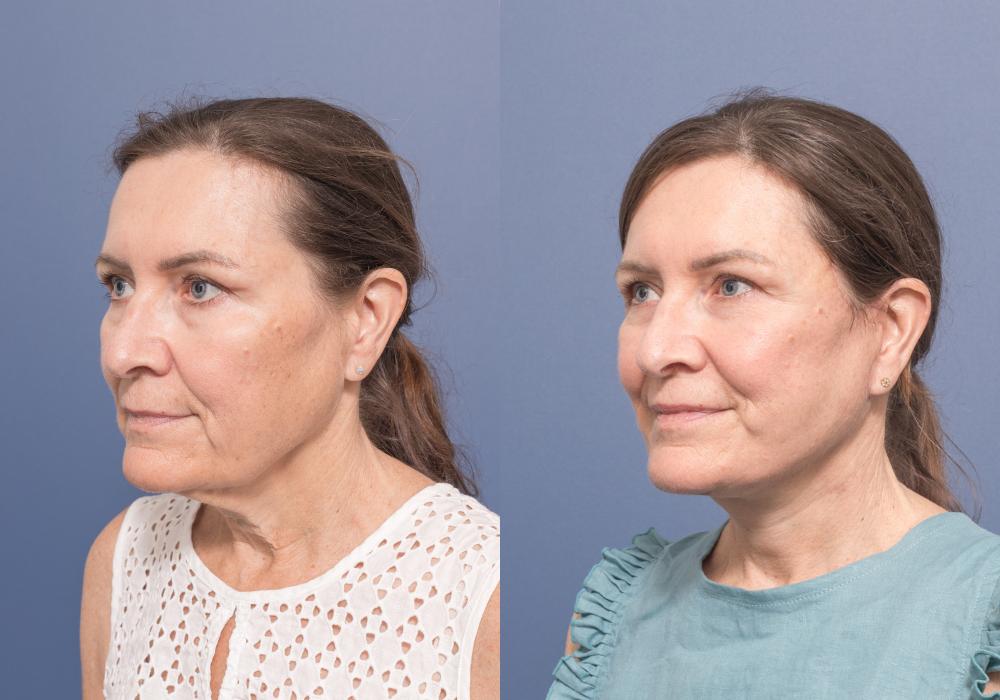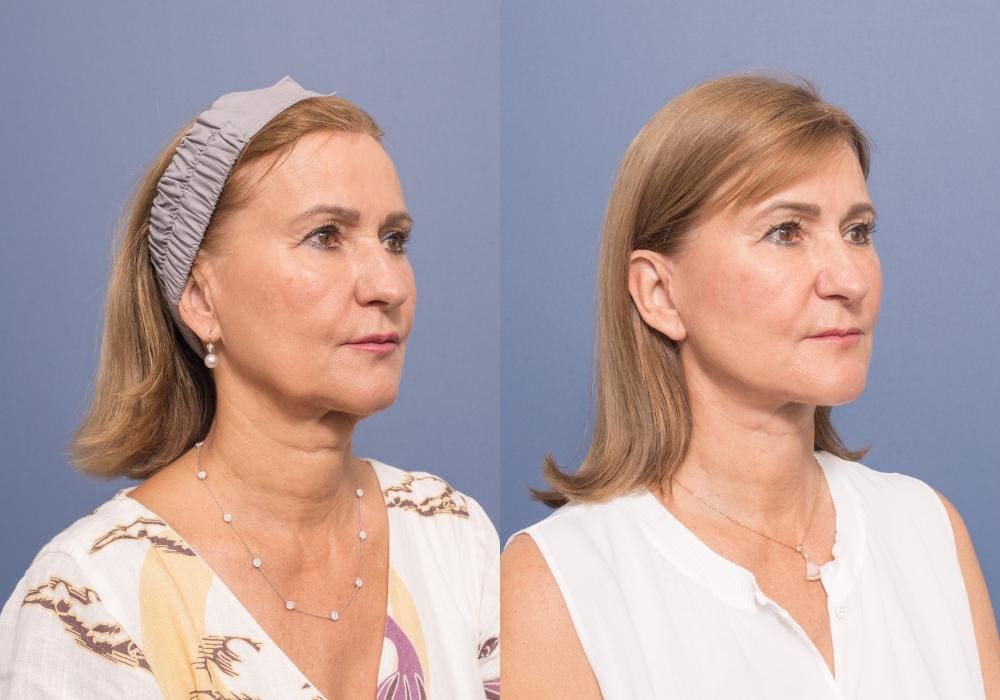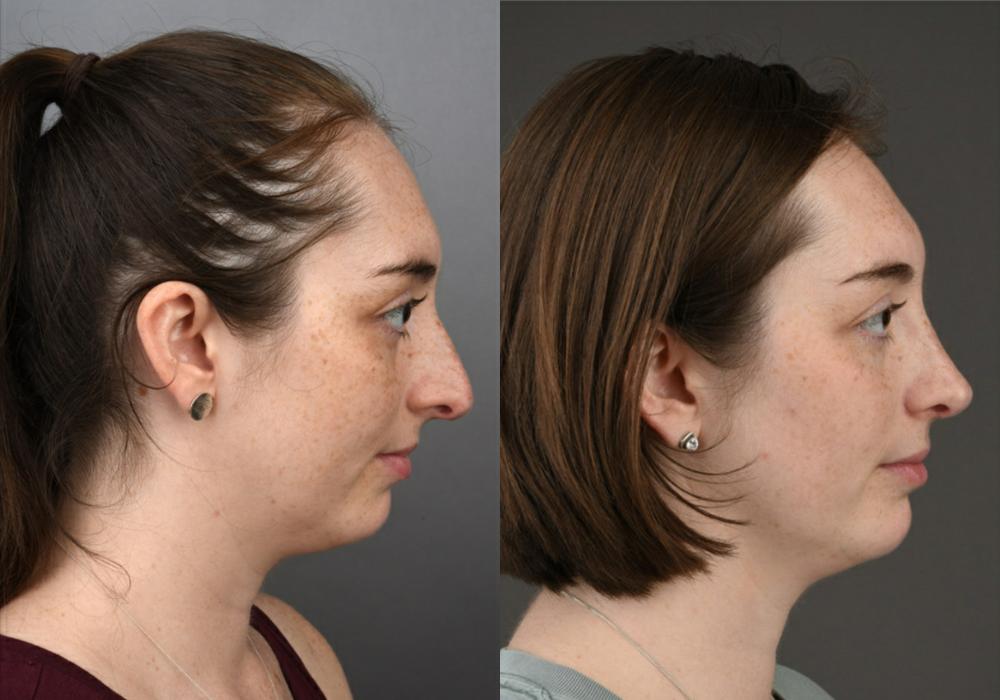Get natural and lasting results with this unique approach to surgical facial rejuvenation

Dr. Honeybrook specialises in the Extended Deep Plane Facelift technique and was trained by world leading Facelift Surgeons in the United States
Deep Plane Facelift Transformation
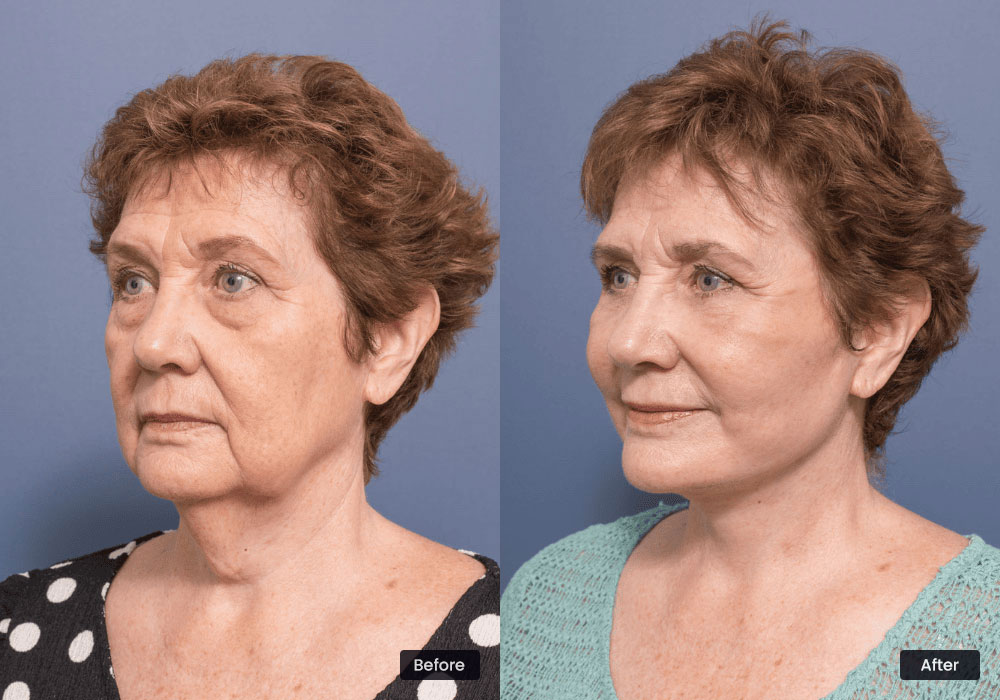
Gravity, sun damage, facial fat loss and bone changes, in addition to loss of the skin’s collagen and elastin, can lead to undesirable changes such as wrinkles, folds, sagging, and jowls. These changes can significantly affect our self-esteem and confidence. To address these concerns, Dr. Honeybrook performs a restorative procedure known as the deep plane facelift. This technique can help you attain a natural, youthful, and refreshed appearance. It is important to note that only a select few surgeons in Australia are qualified to perform this procedure, and Dr. Honeybrook has trained with pioneering experts in the United States, including Dr Andrew Jacono and Dr Kevin Duplechain. The Deep Plane Facelift involves elevating and lifting both the muscle and skin layers as a combined flap, leaving the skin attached to the deeper muscle layers. This approach reduces the risk of over-tightened and unnatural-looking results while effectively repositioning the heaviness of the lower face and jowl area to the midface and cheeks to create a more youthful and refreshed appearance.
Benefits of a Deep Plane Facelift
- Improves the signs of facial aging
- Is appropriate for any gender
- Can be performed at various ages of maturity from 30s – 70’s
- More natural results
- Restoration of natural volume and elevation of the cheeks
- Excess skin is removed leaving smoother skin
- Facial folds are softened
- Less noticeable facelift scars that do not separate or migrate with time
- Longer lasting results between 10-15 years
- Improvement in self confidence – look as good as you feel!
What Other Procedures can be Combined with a Deep Plane Facelift?
Dr. Honeybrook’s approach to achieving optimal facial rejuvenation is tailored to each individual but a deep plane facelift can be performed in conjunction with a combination of other procedures, such a:
- Brow Lift
- Chemical Peel or Laser Resurfacing
- Upper Lip Lift
- Upper Blepharoplasty
- Lower Blepharoplasty
- Facial Fat Grafting
By incorporating eyelid surgery with a facelift, the overall facial appearance can be further brightened, while facial fat grafting can provide natural-looking volume to areas that may have lost volume over time.
Ultimately, the aim of every facelift procedure under Dr. Honeybrook’s care is to achieve a refreshed, revitalised, and effortlessly natural appearance.
How Long Does a Deep Plane Facelift Last?
The deep plane facelift technique involves elevating and repositioning the deeper, fibrous layer of the face that lacks elasticity. As a result, this technique yields longer-lasting results than other facelift methods that focus on the skin or superficial tissue layers. By addressing the underlying structural elements of the face, the deep plane facelift surpasses the durability of traditional SMAS type facelifts, with outcomes that can last between 10-15 years.
What is the Cost of a Deep Plane Facelift?
Determining the cost of a deep plane facelift is not straightforward as each individual has unique needs and requires personalised treatment and care. It’s essential to remember that the funds invested in a deep plane facelift with Dr. Honeybrook will have a significant impact on the first impression you make when meeting people as well as in your own self confidence. If you have had a consultation with Dr. Honeybrook and are a candidate for a deep plane facelift, the practice staff will provide you with an individual quote for your procedure. Factors that go into creating a quote include:
- the complexity of the operation
- the time involved to complete the operation
- anaesthesia fees
- hospital facility fees
- consumable equipment required to complete the procedure
- post operative care and garments
Whilst this can seem confusing, our staff are available to help with any questions you may have about your procedure. Keep in mind that a facelift is an investment in yourself and ultimately this investment can enhance your appearance and boost your self-confidence.
Trust Dr. Honeybrook with Your Face
Dr. Honeybrook understands that individuals usually spend a considerable amount of time researching and contemplating a facelift before scheduling a consultation.
According to Dr. Honeybrook’s own research publication which analysed individual review data from 1876 facelift individual reviews written between April 2017 and June 2019, Dr. Honeybrook noted that individuals typically spend one to two years considering a facelift before making an appointment with a surgeon.
This research shed light on the importance of trust and rapport between the surgeon and the individual. Dr. Honeybrook values this trust and works to establish a comfortable and open relationship with each individual, ensuring that they feel confident and informed throughout the pre and post surgical journey.
Click here to read the article by Dr Honeybrook – “How Facelift Patients Choose Surgeons”
Achieve the youthful look you always dreamed of with a Deep Plane Facelift by Dr Honeybrook. A healthy, fresh and natural looking facelift. Schedule a consult to see if a Deep plane Facelift is right for you and your needs. Trust in the expertise of Deep Plane Facelift surgeon Dr Honeybrook. You can choose your surgeon with confidence. Not only is Dr Honeybrook a dual board-certified surgeon, but he is highly experienced with expertise you can trust.
Note: Any surgical or invasive procedure carries risk. These risks will be discussed with you in detail during the consultation. For further information on risks please refer to the patient resources section of the website.

